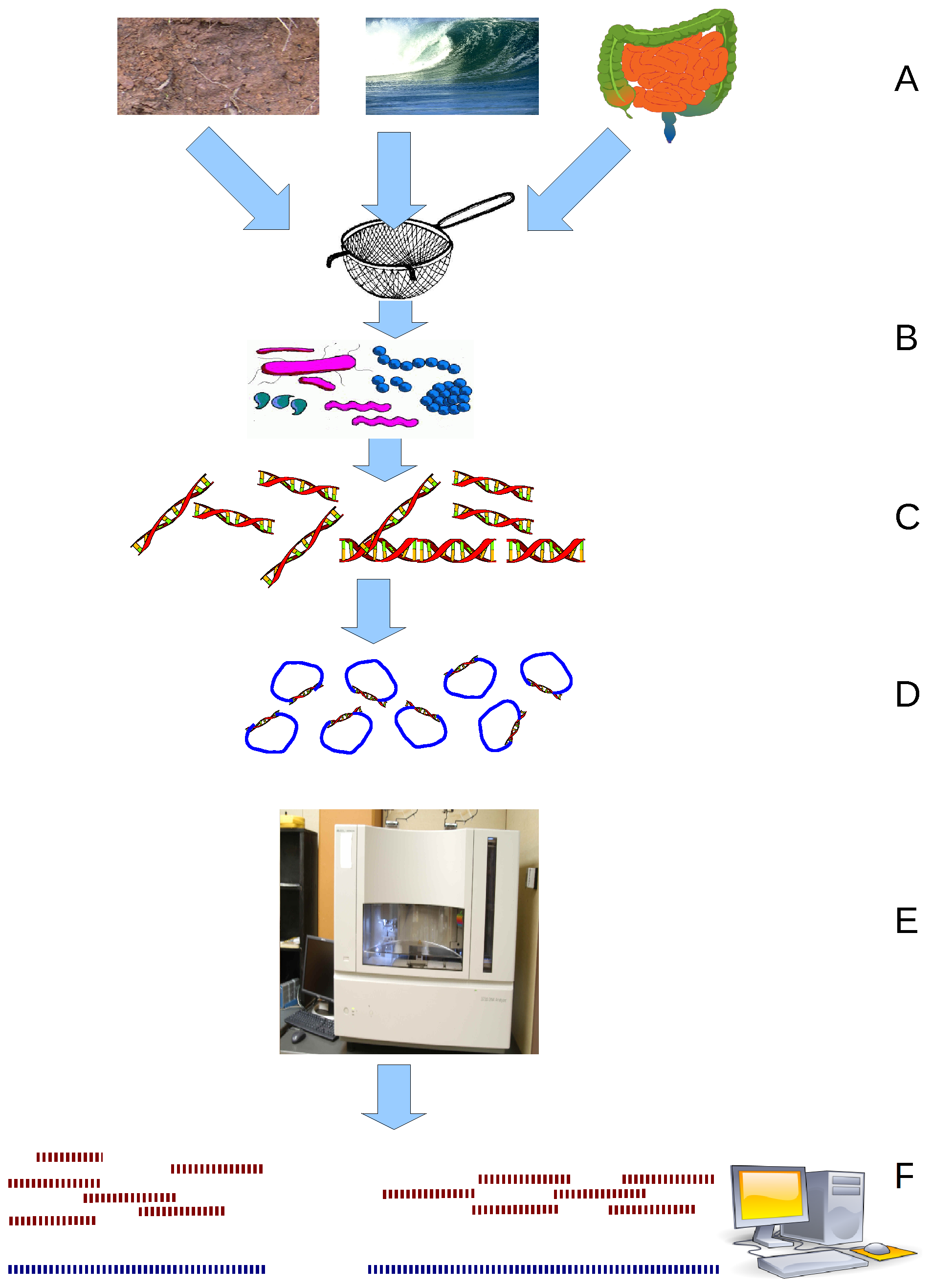|
Prochlorotrichales
''Prochlorothrix hollandica'' is a species of cyanobacteria named under the ''Bacteriological Code'' in 1989. It is the only species in genus ''Prochlorothrix'', which is the only species in family Prochlorotrichaceae, which is the only family in order Prochlorotrichales. The lineage produces chlorophyll b. It is found in temperate and subpolar zones, in freshwater and brackish water. The lineage is sister to Synechococcales. Three full genomes have been sequenced for the type species. Three more genomes representing intrageneric-level divergence are known from metagenomics Metagenomics is the study of all genetics, genetic material from all organisms in a particular environment, providing insights into their composition, diversity, and functional potential. Metagenomics has allowed researchers to profile the mic .... References Cyanobacteria Cyanobacteria genera {{cyanobacteria-stub ... [...More Info...] [...Related Items...] OR: [Wikipedia] [Google] [Baidu] |
Cyanobacteria
Cyanobacteria ( ) are a group of autotrophic gram-negative bacteria that can obtain biological energy via oxygenic photosynthesis. The name "cyanobacteria" () refers to their bluish green (cyan) color, which forms the basis of cyanobacteria's informal common name, blue-green algae. Cyanobacteria are probably the most numerous taxon to have ever existed on Earth and the first organisms known to have produced oxygen, having appeared in the middle Archean eon and apparently originated in a freshwater or terrestrial environment. Their photopigments can absorb the red- and blue-spectrum frequencies of sunlight (thus reflecting a greenish color) to split water molecules into hydrogen ions and oxygen. The hydrogen ions are used to react with carbon dioxide to produce complex organic compounds such as carbohydrates (a process known as carbon fixation), and the oxygen is released as a byproduct. By continuously producing and releasing oxygen over billions of years, cyanobacte ... [...More Info...] [...Related Items...] OR: [Wikipedia] [Google] [Baidu] |
Bacteriological Code
The International Code of Nomenclature of Prokaryotes (ICNP) or Prokaryotic Code, formerly the International Code of Nomenclature of Bacteria (ICNB) or Bacteriological Code (BC), governs the scientific names for Bacteria and Archaea.P. H. A. Sneath, 2003. A short history of the Bacteriological CodURL It denotes the rules for naming taxa of bacteria, according to their relative rank. As such it is one of the nomenclature codes of biology. Originally the ''International Code of Botanical Nomenclature'' dealt with bacteria, and this kept references to bacteria until these were eliminated at the 1975 International Botanical Congress. An early Code for the nomenclature of bacteria was approved at the 4th International Congress for Microbiology in 1947, but was later discarded. The latest version to be printed in book form is the 1990 Revision, but the book does not represent the current rules. The 2008 and 2022 Revisions have been published in the '' International Journal of Systematic ... [...More Info...] [...Related Items...] OR: [Wikipedia] [Google] [Baidu] |
Chlorophyll B
} Chlorophyll ''b'' is a form of chlorophyll. Chlorophyll ''b'' helps in photosynthesis by absorbing light energy. It is more soluble than chlorophyll ''a'' in polar solvents because of its carbonyl group. Its color is green, and it primarily absorbs blue light. In land plants, the light-harvesting antennae around photosystem II contain the majority of chlorophyll ''b''. Hence, in shade-adapted chloroplasts, which have an increased ratio of photosystem II to photosystem I, there is a higher ratio of chlorophyll ''b'' to chlorophyll ''a''. This is adaptive, as increasing chlorophyll ''b'' increases the range of wavelengths absorbed by the shade chloroplasts. Biosynthesis The Chlorophyll ''b'' biosynthetic pathway utilizes a variety of enzymes. In most plants, chlorophyll is derived from glutamate and is synthesised along a branched pathway that is shared with heme and siroheme. The initial steps incorporate glutamic acid into 5-aminolevulinic acid (ALA); two molecules o ... [...More Info...] [...Related Items...] OR: [Wikipedia] [Google] [Baidu] |
Synechococcales
The Synechococcales are a proposed order of cyanobacteria, with over 70 genera. It includes both filamentous and single-celled types. References Synechococcales, Bacteria orders {{cyanobacteria-stub ... [...More Info...] [...Related Items...] OR: [Wikipedia] [Google] [Baidu] |
Metagenomics
Metagenomics is the study of all genetics, genetic material from all organisms in a particular environment, providing insights into their composition, diversity, and functional potential. Metagenomics has allowed researchers to profile the microbial composition of Natural environment, environmental and clinical samples without the need for time-consuming Microbiological culture, culture of individual species. Metagenomics has transformed microbial ecology and evolutionary biology by uncovering previously hidden biodiversity and metabolic capabilities. As the cost of DNA sequencing continues to decline, metagenomic studies now routinely profile hundreds to thousands of samples, enabling large-scale exploration of microbial communities and their roles in health and global ecosystems. Metagenomic studies most commonly employ shotgun sequencing though Third-generation sequencing, long-read sequencing is being increasingly utilised as technologies advance. The field is also referre ... [...More Info...] [...Related Items...] OR: [Wikipedia] [Google] [Baidu] |

